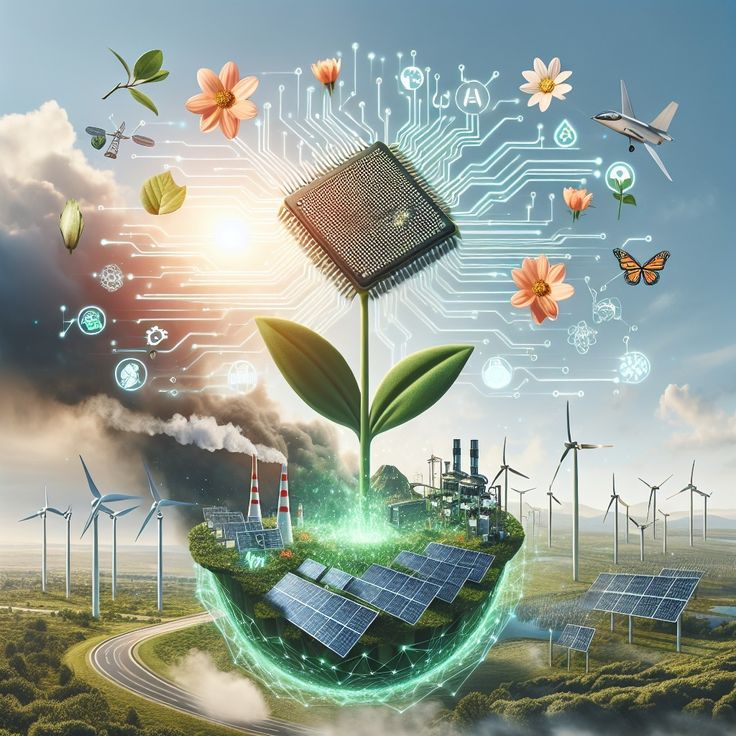Climate Change and Environmental Policies in 2025: A Critical Turning Point
Climate Change and Environmental Policies: Climate change remains one of the most urgent challenges facing the global community in 2025. With rising global temperatures, extreme weather events, and environmental degradation, the need for immediate and effective action has never been more critical. Governments, businesses, and individuals are all playing a role in shaping environmental policies that seek to mitigate the effects of climate change and foster a sustainable future.
As the world grapples with these environmental crises, policymakers are taking bold steps to address climate change through both international agreements and national initiatives. However, the pace of progress remains uneven, and there is a growing realization that time is running out to avoid the most catastrophic consequences.
1. The State of Global Climate Change in 2025; Climate Change and Environmental Policies
As we enter 2025, the impacts of climate change are increasingly evident. Rising temperatures are contributing to the melting of polar ice caps, with sea levels continuing to rise at an alarming rate. Extreme weather events such as hurricanes, wildfires, and droughts are becoming more frequent and severe, displacing millions of people, destroying ecosystems, and threatening agricultural production.
Scientists predict that if current trends continue, global temperatures could rise by more than 2°C above pre-industrial levels by the end of the century, a threshold that is widely regarded as a tipping point for catastrophic environmental and societal consequences. This has prompted countries, businesses, and civil society groups to take more aggressive action.
2. International Climate Agreements and Commitments; Climate Change and Environmental Policies
The Paris Agreement and Its Impact: Climate Change and Environmental Policies
The Paris Agreement, adopted in 2015, remains the cornerstone of international efforts to combat climate change. In 2025, countries are increasingly focused on meeting their commitments under the agreement, which aims to limit global warming to well below 2°C, preferably to 1.5°C, by reducing greenhouse gas emissions.
While progress has been made in some areas, such as renewable energy adoption and emissions reductions in developed countries, much remains to be done. Several nations, including those in the European Union, have stepped up their efforts, announcing more ambitious emissions reduction targets. However, countries like the U.S., Brazil, and Australia have faced criticism for their insufficient commitments and slow progress.
The Role of the COP Negotiations: Climate Change and Environmental Policies
The Conference of the Parties (COP) meetings, particularly COP28 in Dubai in 2023, have become pivotal in driving international climate policy. These annual negotiations bring together world leaders, policymakers, scientists, and activists to assess the progress of the Paris Agreement and set new targets. In 2025, the next COP session will focus on accelerating the implementation of climate solutions, including more stringent emissions cuts, climate finance for developing countries, and adaptation strategies for regions already impacted by climate change.
3. National Environmental Policies and Legislation: Climate Change and Environmental Policies
Countries around the world are increasingly enacting ambitious environmental policies in response to the growing climate crisis. In 2025, governments are implementing a wide range of initiatives, from carbon pricing to regulations on emissions, energy consumption, and waste management.
The Green New Deal in the United States: Climate Change and Environmental Policies
In the U.S., President Joe Biden’s Green New Deal has gained significant traction, with the government prioritizing climate action and clean energy investments. The U.S. is moving toward a net-zero emissions economy by 2050, with plans to decarbonize sectors like transportation, power generation, and industry. In 2025, the federal government is ramping up incentives for electric vehicles (EVs), renewable energy production, and energy efficiency improvements. However, political polarization continues to hinder comprehensive climate legislation, particularly in Congress.
The European Union’s Climate Leadership: Climate Change and Environmental Policies
The European Union remains a global leader in climate action. The European Green Deal, which aims to make Europe the first climate-neutral continent by 2050, continues to guide the EU’s policies. In 2025, the EU is focused on implementing the Fit for 55 package, which aims to reduce emissions by at least 55% by 2030. This includes investments in renewable energy, energy efficiency, and carbon market reforms. The EU is also working to strengthen the European Emissions Trading System (ETS) and implement carbon border adjustment mechanisms to address the challenges posed by global competition and emissions leakage.
China’s Role in Climate Change: Climate Change and Environmental Policies
As the world’s largest emitter of greenhouse gases, China plays a central role in global climate efforts. In 2025, China continues its transition toward a greener economy, although its reliance on coal remains a significant challenge. The country has set ambitious targets for renewable energy expansion and carbon neutrality by 2060. However, China’s progress is often constrained by its economic growth targets and dependence on coal for energy generation.
India’s Climate Challenges and Ambitions: Climate Change and Environmental Policies
India, the world’s third-largest emitter of greenhouse gases, faces a complex set of challenges in addressing climate change. With a rapidly growing population and economy, India’s energy demand is expected to increase significantly in the coming decades. While India is committed to achieving net-zero emissions by 2070, its reliance on coal and fossil fuels for energy makes this goal difficult to achieve. In 2025, India is focusing on expanding its renewable energy capacity, but it will need significant international financial support to transition away from coal and support its growing population.
4. The Role of Technology in Environmental Solutions; Climate Change and Environmental Policies
Technological innovation is playing an increasingly vital role in addressing climate change. From renewable energy breakthroughs to carbon capture and storage (CCS), technological solutions are critical to achieving emissions reductions and mitigating the effects of climate change.
Renewable Energy Expansion: Climate Change and Environmental Policies
Solar, wind, and hydropower are at the forefront of the global transition to clean energy. In 2025, renewable energy sources are expected to account for an increasing share of global electricity generation. Solar and wind power are becoming more cost-competitive with fossil fuels, making them more accessible to countries with varying levels of economic development.
Energy Storage and Grid Modernization: Climate Change and Environmental Policies
Energy storage technologies, such as advanced batteries and pumped hydro storage, are becoming essential for stabilizing renewable energy systems and ensuring grid reliability. In 2025, advancements in energy storage are helping to address the intermittent nature of solar and wind power, allowing for greater integration of renewables into national grids.
Carbon Capture and Storage (CCS): Climate Change and Environmental Policies
Carbon capture and storage (CCS) technologies are becoming increasingly important in mitigating the effects of climate change, particularly in sectors that are difficult to decarbonize, such as heavy industry and transportation. In 2025, CCS projects are expanding, with pilot projects underway in countries like the U.S., Canada, and Norway. However, the scalability and cost-effectiveness of CCS remain a concern.
Sustainable Agriculture and Land Use: Climate Change and Environmental Policies
Sustainable farming practices and reforestation efforts are vital for both mitigating climate change and adapting to its effects. In 2025, the agricultural sector is increasingly adopting regenerative practices, such as no-till farming, cover cropping, and agroforestry, which help sequester carbon in soil and improve resilience to extreme weather events.
5. Environmental Justice and Equity; Climate Change and Environmental Policies
Climate change disproportionately affects vulnerable communities, particularly those in developing countries and marginalized groups. In 2025, there is a growing focus on environmental justice and ensuring that the benefits of climate action are shared equitably.
Climate Finance: Climate Change and Environmental Policies
Developing countries, particularly those in Africa and Southeast Asia, are facing the brunt of climate change impacts, despite contributing the least to global emissions. In response, there is increasing pressure on developed nations to fulfill their climate finance commitments, which include providing financial support for adaptation, clean energy infrastructure, and disaster relief.
Just Transition: Climate Change and Environmental Policies
The concept of a just transition is gaining momentum, emphasizing the need to ensure that workers and communities affected by the shift to a low-carbon economy are not left behind. This includes providing training, reskilling opportunities, and financial support for those working in fossil fuel industries that will be phased out in the coming decades.
Conclusion: The Path Forward: Climate Change and Environmental Policies
As we move further into 2025, the urgency of addressing climate change has never been clearer. While significant progress is being made in some regions and sectors, the global community faces immense challenges in ensuring that environmental policies are implemented effectively and equitably. The choices made today will have profound implications for the future of the planet and generations to come. It is imperative that governments, businesses, and individuals work together to tackle the climate crisis and build a sustainable, resilient, and just global society.










